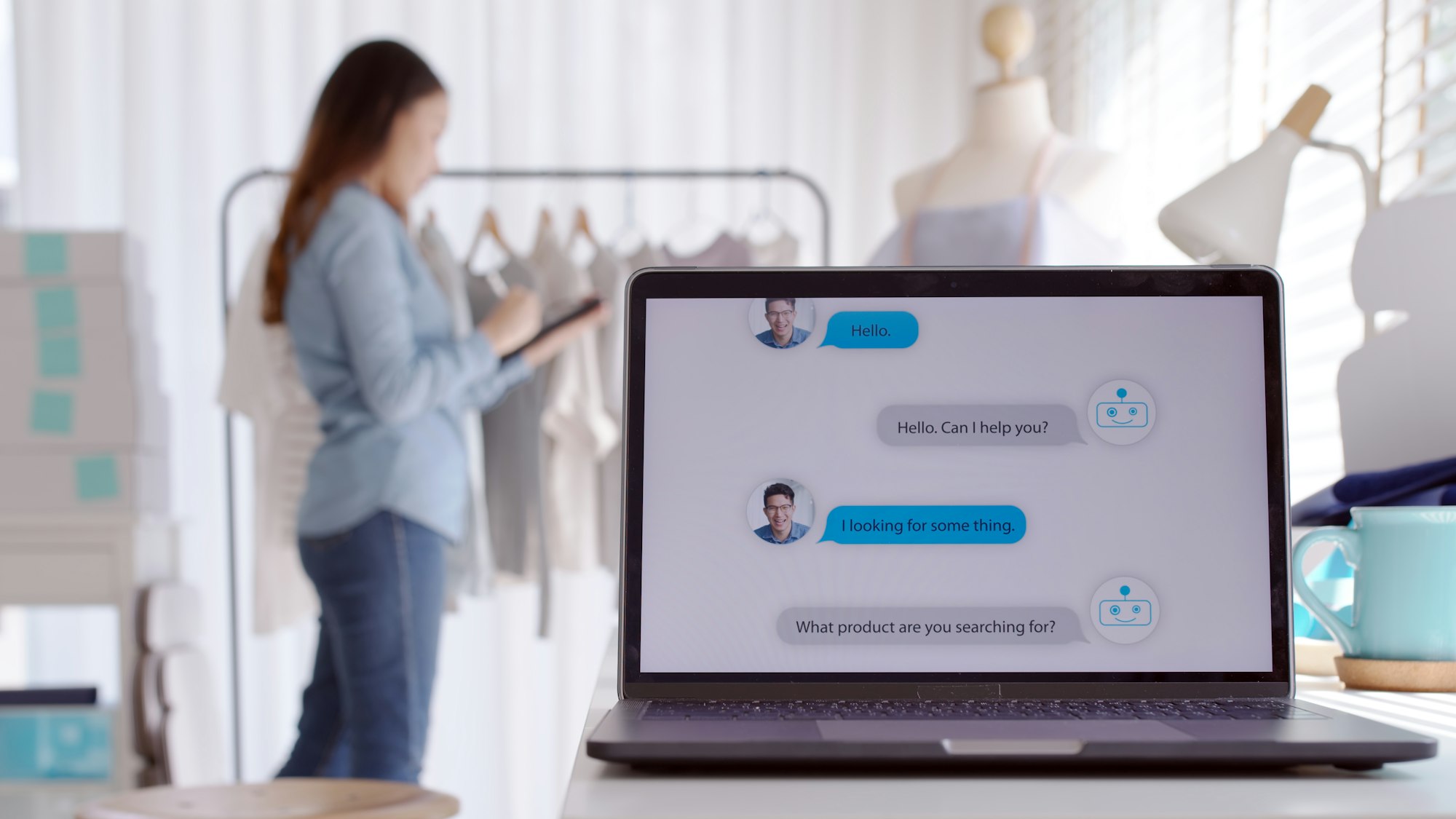Website accessibility is not just a legal requirement but also a fundamental aspect of user experience. By ensuring that your website is accessible to all users, including those with disabilities, you can broaden your audience, improve user satisfaction, and enhance your brand’s reputation. Here’s why website accessibility is crucial and how you can implement it effectively:
1. Legal Compliance
Many countries have laws and regulations that require websites to be accessible to people with disabilities. For example, the Americans with Disabilities Act (ADA) in the United States and the Equality Act in the UK mandate web accessibility. Non-compliance can result in legal action and fines. Ensuring your website meets accessibility standards helps you avoid legal risks and demonstrates your commitment to inclusivity.
2. Broaden Your Audience
An accessible website can reach a wider audience, including people with visual, auditory, motor, or cognitive impairments. By removing barriers to access, you make your content available to everyone, increasing your potential customer base and fostering a more inclusive online environment.
3. Improve User Experience
Accessibility improvements often lead to a better overall user experience. Features such as clear navigation, descriptive headings, and alternative text for images benefit all users, not just those with disabilities. A more user-friendly website can reduce bounce rates, increase time on site, and boost conversions.
4. Enhance SEO Performance
Many accessibility practices align with SEO best practices. For instance, using descriptive alt text for images and proper heading structures can improve your site’s search engine rankings. Enhanced accessibility can lead to better visibility in search results, driving more organic traffic to your website.
5. Build Brand Reputation
Demonstrating a commitment to accessibility can enhance your brand reputation. Customers appreciate businesses that prioritize inclusivity and social responsibility. An accessible website can differentiate your brand, build trust, and foster customer loyalty.
6. Increase Market Reach
Accessibility can open up new market opportunities. By making your website accessible, you cater to a broader audience, including the elderly and people with temporary impairments. This inclusivity can lead to increased traffic, higher engagement, and more sales.
7. Foster Innovation
Focusing on accessibility can drive innovation in design and development. By challenging your team to think creatively about how to make your website more accessible, you can discover new ways to improve the overall user experience. This can lead to unique and innovative solutions that benefit all users.





